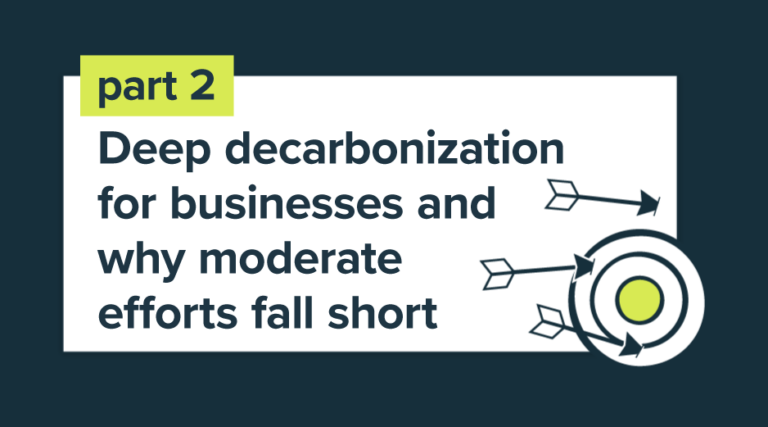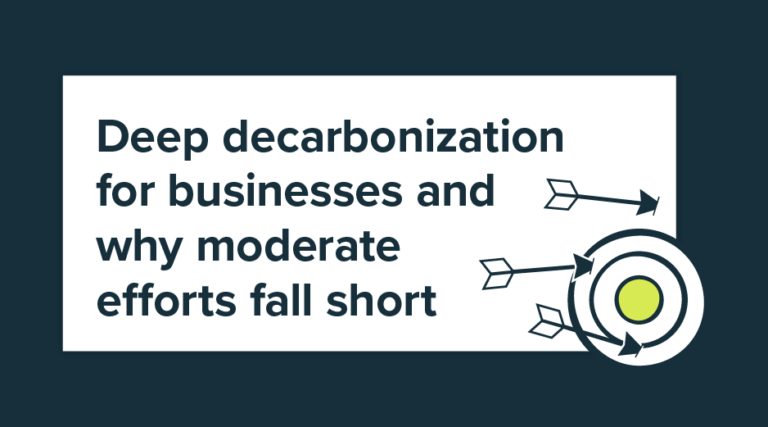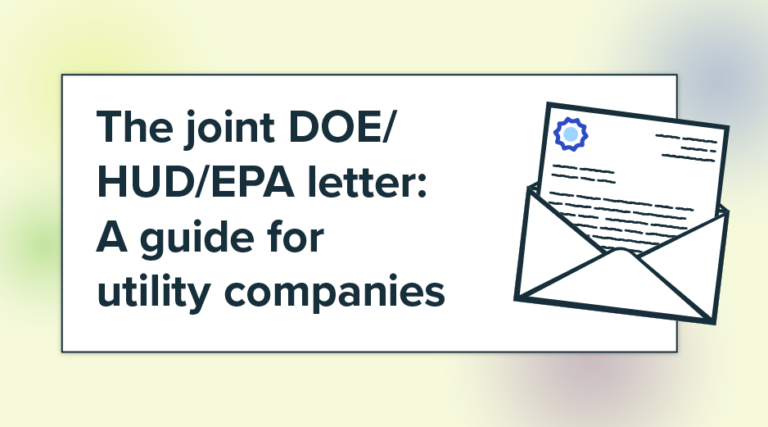Which version makes a bigger impact?
- City receives $623,000.
- Part-time energy manager helps her near-bankrupt city to receive $623,000.
The first version tells the facts—a city received $623,000. The facts are correct, measurable…and pretty boring. But the second version tells a story.
- There’s a challenge—the city is near-bankrupt.
- There’s a hero—the part-time energy manager.
- There’s a victory—the city received $623,000.
- There’s drama—you mean she was only part-time? However did she do it?
The elements of this story create intrigue. You want to learn more.

So to make a big impact at work, either in proposing a new project to your boss, getting buy-in from your coworkers, or influencing your audience, try telling a story rather than just telling facts.
Presenting facts can be easier than telling a story—a quick Internet search can provide endless facts—but that doesn’t mean facts are the best option.
Telling stories is better than telling facts because:
Stories move the heart.
In his book, Tell To Win, movie producer Peter Guber wrote, “The heart is always the first target in story telling.” Guber produced such award-winning movies as: The Color Purple, Gorillas in the Mist, Batman, and Rain Man. These movies worked because they moved the heart. If you use good stories at work, you can move the heart, too. Businesspeople are still people, and people are moved by stories when stories move the heart. Stories aim for the heart, but facts aim for the head.
These videos move the heart more than facts could:
Stories are primal.
We are wired for story. It’s what friends do when they get together: “You’ll never guess what she did last night…” After I had my pulmonary embolism, people wanted me to tell them the story: “So when did you know something was wrong?” Many of us spend our leisure time watching movies and reading books, which are—you guessed it—stories.
Stories can be retold.
Since we’re wired for stories, we’re also wired to remember them. When we remember them, we can retell them. This is how stories are passed around. Chances are, you’ll retell a story before you’ll retell a fact. Facts are easy to forget, but not stories. A good story plants itself in your heart, reveals meaning, and begs to be retold. A work story is likely to get a better reception around the family dinner table than a work fact.
Stories capture attention.
Stories contain hooks that reel the audience in and hold their attention. Elements of story like humor, mystery, conflict, description, setting, etc. capture the listener in a way that facts cannot. A story contains all sorts of opportunities for hooks.
For example, in the story about the energy manager, we could have revealed she’s from San Bernardino, CA, and if you were from CA, you might take extra interest. Or that some of the refund was awarded to feed seniors and homeless people, and that may strike a cord. The audience may not resonate with a fact, but there’s more potential with a story.
So next time you aim for a big impact, consider telling a story. Use facts to support your story, but don’t make facts the main thing. Your audience will thank you.
{{cta(‘7792fc63-bf1b-4247-b55a-dc5804fb08c6’)}}
 Best-in-class portfolio-level energy and utility bill data management and reporting.
Best-in-class portfolio-level energy and utility bill data management and reporting.
 Real-time energy and sustainability analytics for high-performance, net-zero buildings.
Real-time energy and sustainability analytics for high-performance, net-zero buildings.
 A holistic view of financial-grade scope 1, 2, and 3 carbon emissions data across your entire business.
A holistic view of financial-grade scope 1, 2, and 3 carbon emissions data across your entire business.
 Energy and sustainability benchmarking compliance software designed for utilities.
Energy and sustainability benchmarking compliance software designed for utilities.



